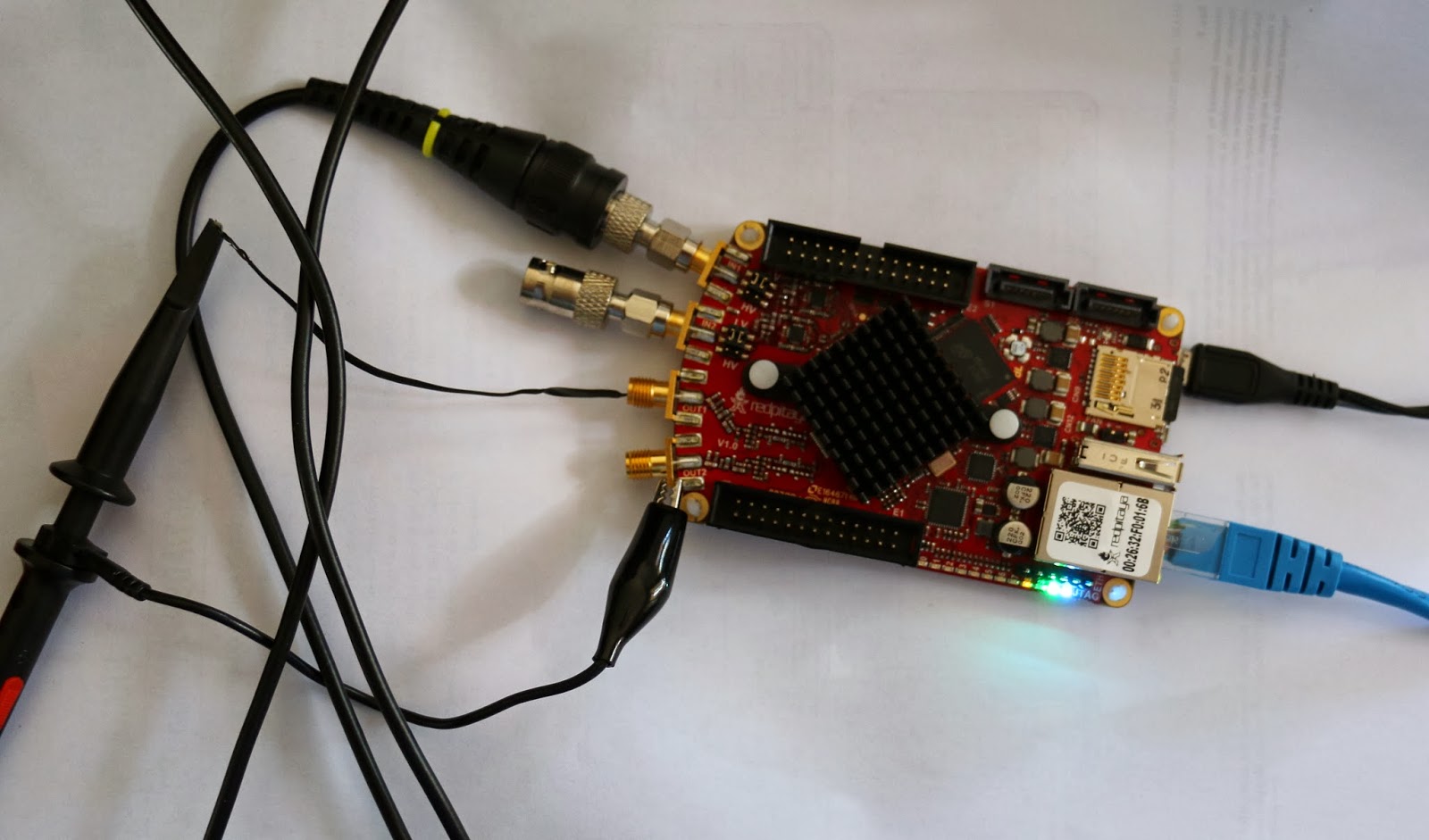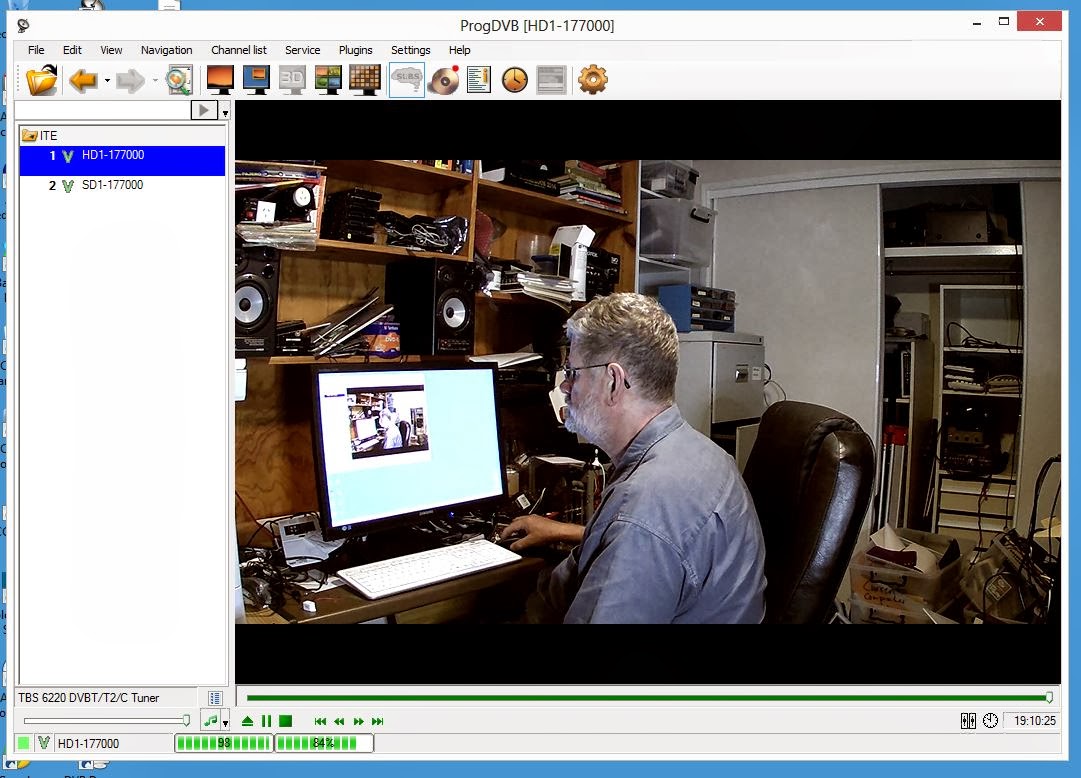BladeRF, the transverter and HF TRX; it's been there all the time!

BladeRF, the XB-200 transverter and HF TRX; it's been there all the time! The BladeRF and now its XB-200 transverter are very neat pieces of gear. Now the big "but" or "however". Many people have been wanting to use the BladeRF on HF and were waiting for the transverter to be delivered in anticipation of it covering HF. However, the original range of the transverter was 30 to 300 MHz, with no apparent coverage. When the final design and photos were released, coverage was 60 kHz to 300 MHz, which no doubt pleased many people. I went though the schematics trying to find the modifications to cover HF, but they were not apparent, a point I raised in the Nuand forum. I received a reply from Nuand to say that the HF access was not very obvious and went to the ADC/DAC. This mystified me for a few days until it finally clicked on how HF is done, which is exactly what they way they said. However HF TRX is virtually independent of the transverter and could have been...

